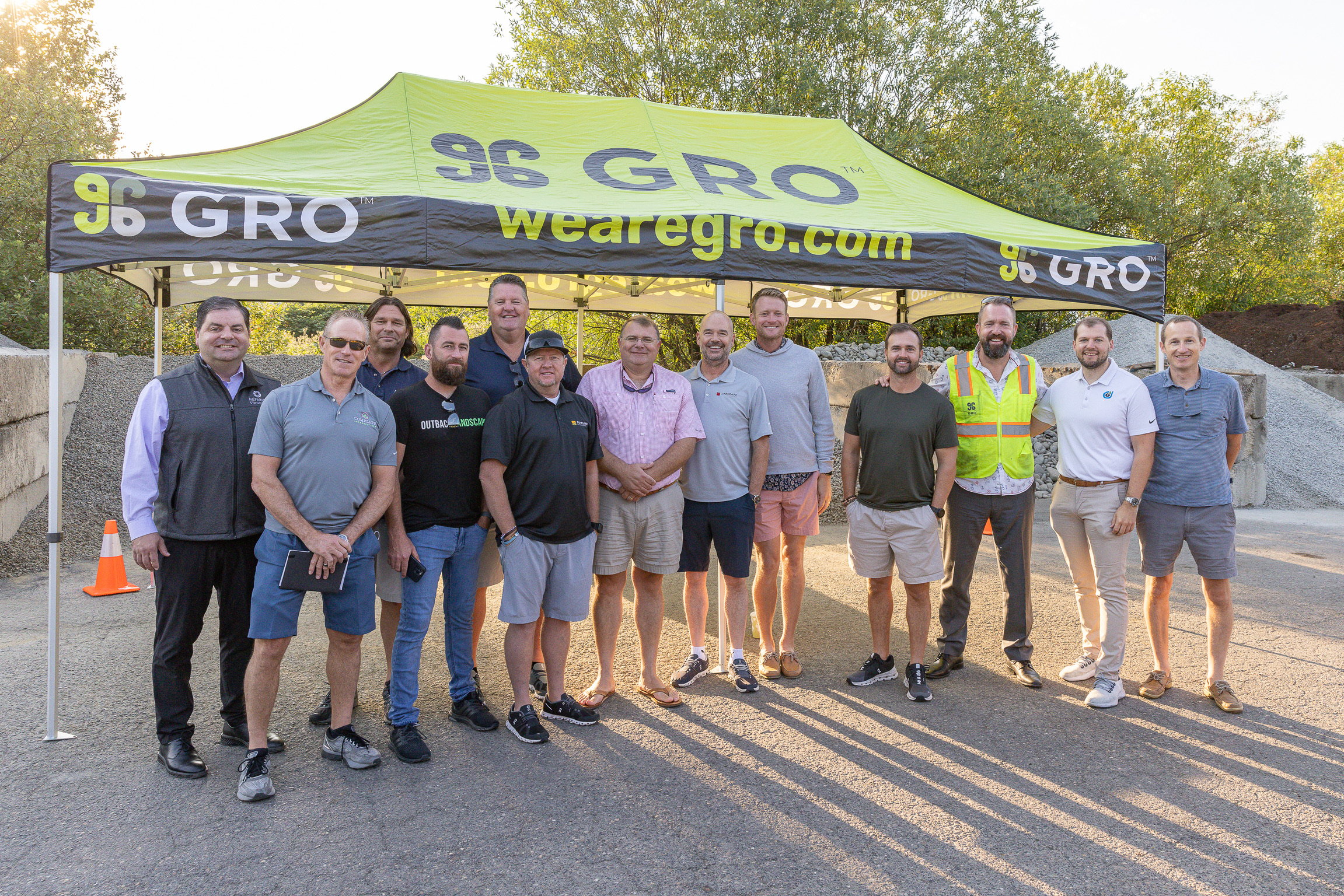
How Landscaping Companies Can Build Up Cash
Over the last month, we have had many of our Summer ACE Peer Group meetings. It's always a great time to reconnect, prioritize, and get a game plan for success for the rest of the year.
At each of our ACE Meetings, Liz Helton leads a review of 18 numbers that landscaping companies need to track and manage. By establishing benchmarks for those numbers and comparing results, our ACEs can see exactly where they stand and where they need to get better. It’s an intense process, but worth it for the clarity and motivation.
With the injection of PPP funds, Employee Retention Credits, and a lot of businesses growing tremendously over the last 24 months, one number that we are noticing decline over time, even in high-performing companies, is their "Accounts Receivable" balance. An AR problem can be a collection issue, billing issue, contract issue, or a client satisfaction issue and it's important to know which category you fall into if you see yourself struggling to collect quickly on invoices.

Ultimately, how we track and measure this number is referred to as "Accounts Receivable Days Outstanding" which measures approximately how many days it takes you to collect an average invoice.
Days Receivable Calculation
To calculate yours, take your sales number for a trailing 12-month time period and divide it by 365 (Sales / 365) to get a number called "Average Daily Sales" and then divide that number by your Accounts Receivable balance. This will give you a number of days.
This metric tells you the average number of days that a customer invoice is outstanding before it is collected. In our industry, anything below 30 days is great—the more you trim this number, the faster you have cash on hand and, as we all know, cash is king. Especially in times of uncertainty. Some of our ACEs have gotten theirs down as low as 15, often by accepting credit cards and assigning one person in the company to really drive and own the collections process.
So this week, if you find yourself with an accounts receivable issue, talk to your team to uncover what the root cause is. Monitor this number, and empower someone to own the process to improve collections. If you are doing well collecting, reward your team with the kudos they deserve and encourage continued support on your process.
Have a great week and we will talk to you next week!

Vince Torchia
Vice President
The Grow Group
